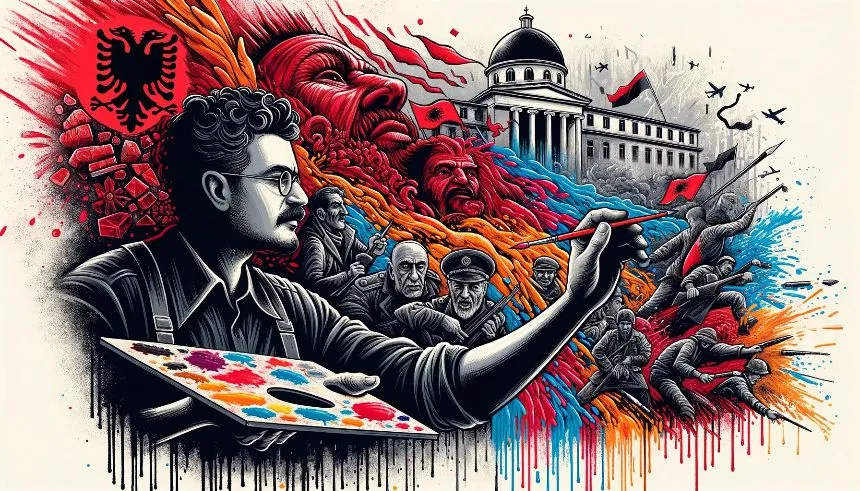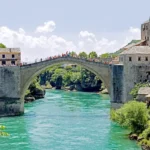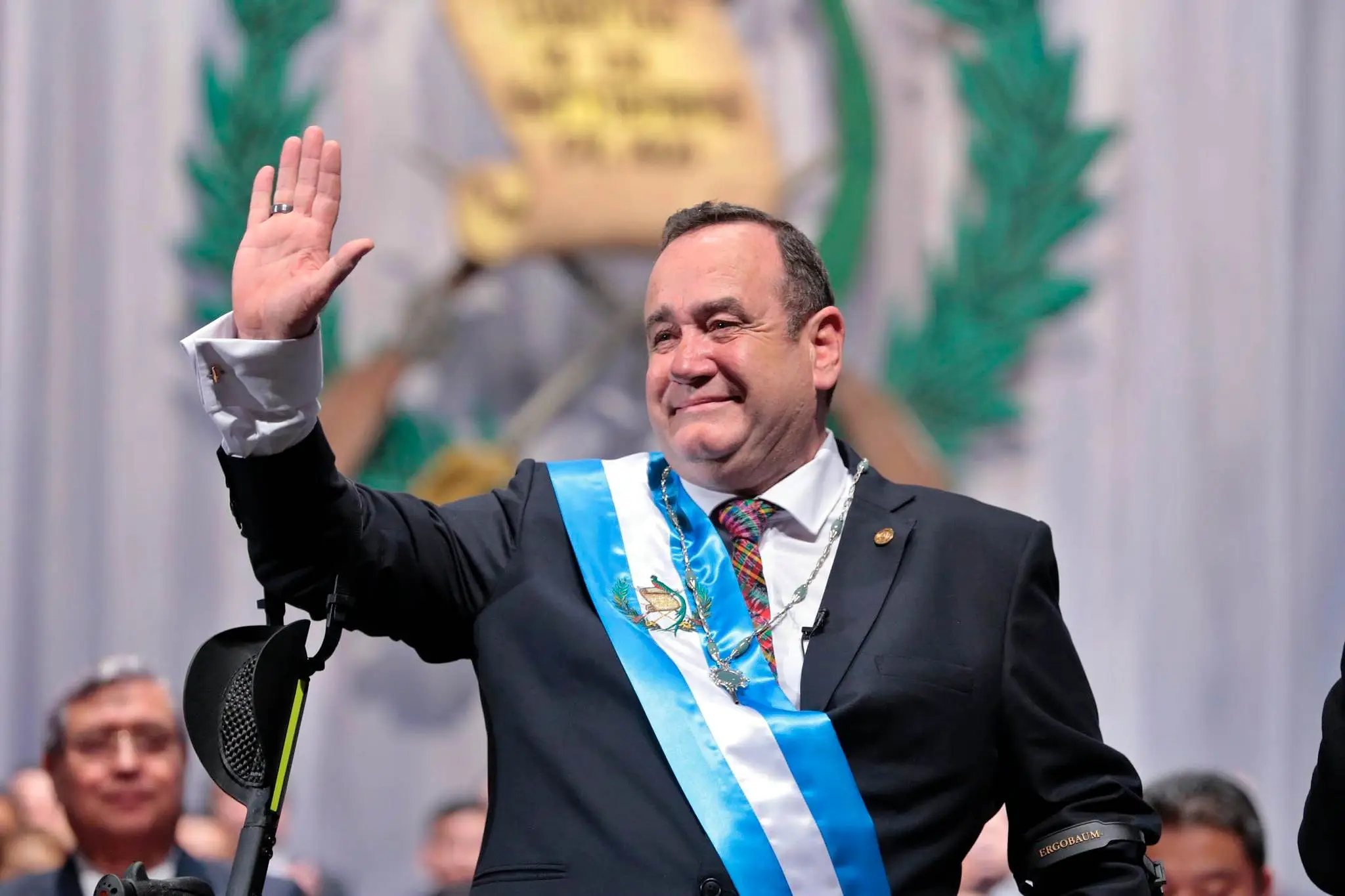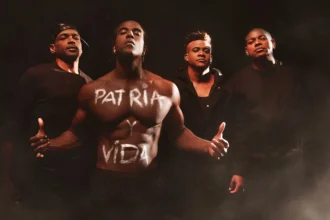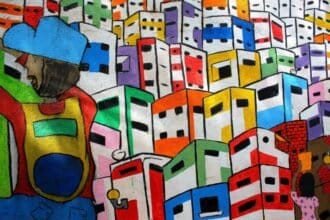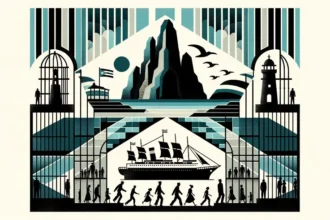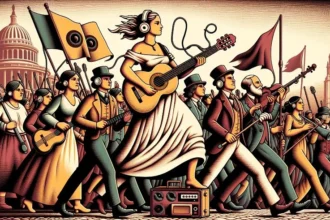The Power and Pitfall of Politically Speaking Art: Unveiling the Silent Narratives
Art has long held a revered place as a medium for political expression, often acting as the conscience of society. The intriguing concept of “politically speaking art” gains layers of complexity when viewed through the lens of contrasting political systems. It becomes a battlefield where ideology, culture, and human emotion intersect. While such art can amplify official narratives, propagating the views of those in power, it simultaneously serves as a canvas for public sentiment, voicing the unspoken or the deliberately silenced.
- The Power and Pitfall of Politically Speaking Art: Unveiling the Silent Narratives
- Silence as a Political Mechanism: The Unspoken in the Spotlight
- Before 1990: The Art of Quiet Rebellion
- After 1990: The Canvas of Change
- Navigating the Present: Art in the Age of Information
- The Duality of Silence and Speech in Politically Speaking Art
This dual role exposes both the power and the pitfall of politically speaking art. On one side, it gives voice to the oppressed, serving as a potent tool for social change. On the other, it risks becoming an unwitting participant in state-controlled propaganda, losing its critical edge. Particularly in regimes marked by ‘political silence,’ where what is known is not openly discussed, art can either conform to this silence or disrupt it. It may uphold the status quo, or lay bare the unexpressed collective consciousness, giving shape to dissent.
Our exploration seeks to delve into this multi-faceted role of politically speaking art, particularly focusing on its manifestations during different eras and political climates. We aim to uncover the ways it perpetuates or challenges ‘political silence,’ especially in transitioning societies where the battle for narrative control is most intense.
Silence as a Political Mechanism: The Unspoken in the Spotlight
Jay Winter’s notion of “silence” serves as a pivotal element in understanding the multifaceted landscape of politically speaking art. According to Winter, silence isn’t merely the absence of sound or speech but a socially designed space. Here, everyone knows what remains unuttered, and societal norms dictate this collective muteness. This concept gains considerable weight when applied to Albanian art, particularly during its transformation from a communist regime to a democratic society.
Silence is not merely an absence but a charged space that can be both constructive and destructive.
In a politically restrictive environment, silence often operates as a safeguard for the regime while muzzling dissident voices. It acts as an invisible barrier that both conceals and reveals, turning the unsayable into the unseen. In this context, politically speaking art serves as a countermeasure. Artists employ this form of art as a navigational tool to traverse the expanse between enforced silence and the public’s unspoken disquiet. They use their works to vocalize the anxieties, fears, and disillusionments that could not be expressed otherwise.
The significance of Winter’s idea comes alive when one examines the inherent tension between visible propaganda and hidden sentiment in Albanian art. Artists found subtle yet powerful ways to express dissent or raise questions that broke through the enforced silence. These artistic endeavors served as the populace’s underground voice during periods of stringent censorship. They played a crucial role in destabilizing the collective quiet, laying bare the regime’s contradictions and humanizing statistics into stories.
Hence, the study of silence in politically speaking art reveals how artists negotiate between these polarized forces, unveiling the emotional and psychological layers that reside within the silence. It adds another dimension to our understanding of how art can both align with and resist political regimes.
Before 1990: The Art of Quiet Rebellion
In Albania prior to 1990, the arts landscape was an arena of limited freedom. Dominated by the principles of socialist realism, the art scene mainly produced works extolling communist virtues. Yet, parallel to this state-sanctioned artistry, an alternative form of expression existed—what we could term “the art of quiet rebellion.” Artists involved in this movement engaged in “painting in shadow,” creating artworks that subversively questioned or critiqued the state’s agenda.
While the canvas of socialist realism was awash with glorified images that served state narratives, these clandestine paintings had a different aim. They provided a counter-narrative that tackled the less glamorous aspects of life under a communist regime, from poverty to political repression. Unlike their official counterparts, these artists didn’t enjoy state sponsorship, facing the constant risk of censorship or worse.
The art produced in this “shadow” was an insidious but potent form of “politically speaking art,” as it dared to present life beyond the state-controlled utopia. Though never openly confrontational, it carried a subtext that challenged the dominant discourse. It operated as a form of passive resistance, subtly undermining the enforced silence that muzzled public opinion.
This “art of quiet rebellion” did more than just express dissent; it acted as a repository for collective memory. These works ensured that the alternative experiences and sentiments of people during that era were not forgotten. They captured the complexities of living under a repressive regime, serving as both historical documents and emotional testimonies. Hence, before 1990, Albanian art was not a monolith; it was a canvas splintered between state propaganda and underground expression.
After 1990: The Canvas of Change
The fall of communism in 1990 marked a turning point for Albanian art, liberating it from the clutches of state control. The transition to democracy ushered in an era of creative emancipation, offering artists the freedom to explore new forms and themes. Gone were the days of “painting in shadow,” as artists now had the opportunity to express their views openly.
The digitization of art has made it easier to disseminate, but it has also risked diluting the political messages within the works.
In this newfound freedom, art became a vessel for exploring the socio-political complexities of Albania’s transition. Artists abandoned the prior constraints of socialist realism, delving into styles like surrealism, abstraction, and postmodernism. This diversification mirrored the political transformation of the country, symbolizing its break from a single, authoritarian narrative.
However, the newfound liberty didn’t erase the need for politically engaged art. The absence of state censorship gave way to other societal pressures, like market dynamics and global influences. Artists had to navigate these changes while still maintaining their voice in the crowded arena of global art discourse.
In this era, “politically speaking art” found a new battleground. The challenges faced by the nation—such as economic struggles, political corruption, and questions of identity—found representation on the canvas. But unlike before, these works were not hidden away; they were displayed, discussed, and even celebrated.
This period of transition was not just a change in political ideology but a metamorphosis of cultural expression. Artists became agents of change, engaging in a dialogue with society that was absent during the communist era. The shift in political regimes allowed for an artistic revolution, transforming “politically speaking art” from a silent form of dissent to an open discourse of democracy.
Navigating the Present: Art in the Age of Information
In the digital age, Albanian art faces unprecedented challenges and opportunities. The internet offers a platform for global reach, but it also exposes artists to a deluge of influences and trends. As a result, there is a pressing need for artists to maintain the integrity of “politically speaking art” in this saturated landscape.
Artists now have to strike a balance between local relevance and global appeal. While some choose to focus on universal human rights issues or climate change, others grapple with more localized political and social concerns. The digitization of art has made it easier to disseminate, but it has also risked diluting the political messages within the works.
Social media has further complicated the matter. While it provides a medium for direct engagement with the audience, it can also reduce complex artistic statements into easily consumable, often misunderstood, snippets. In this context, artists are compelled to find innovative ways to engage viewers while remaining faithful to their political messages.
Moreover, the rise of populism globally and shifts in domestic politics put artists in a precarious position. The very freedom that allowed for the flourishing of “politically speaking art” post-1990 can feel threatened, pushing artists to revisit the role of their work in contemporary society.
The digital era has both amplified and muddled the voice of “politically speaking art.” As artists strive to adapt, their work continues to serve as a crucial instrument for political discourse. Their challenge is to leverage the ubiquity and immediacy of digital platforms to foster meaningful conversations, without sacrificing the depth and nuance that define their art.
The Duality of Silence and Speech in Politically Speaking Art
In summary, the concept of “politically speaking art” is fraught with complexities. It is deeply entangled with the political milieu, serving sometimes as an arm of state propaganda, and at other times as a vessel for dissent. The shifting landscape of Albanian art from before and after 1990 provides a compelling backdrop to explore this intricate relationship between art and politics. From “painting in shadow” that was a coded form of resistance under communist rule, to post-1990 art that became vocal and overtly political, Albanian artists have continually negotiated with the surrounding socio-political context.
The crucial role of silence, as articulated by Jay Winter, allows us to understand the multilayered nature of political expression in art. Silence is not merely an absence but a charged space that can be both constructive and destructive. It reflects the underlying tensions and unspoken truths that are known but not articulated, and art can bring these to the surface, whether through the subversive techniques of hidden painting or the bold strokes of post-transition art.
Lastly, to fully grasp the impact of such art, one must consider it in conversation with other works from the same context. As with any form of communication, the meaning becomes clearer when viewed as part of a larger discourse. It is through this comparative lens that one can most effectively unravel the complex narratives and counter-narratives that politically speaking art offers. Therefore, this duality of silence and speech in art serves not just as a mirror reflecting the state of Albanian society at different times, but also as a lens through which we can better understand the intricate relationship between art and politics.
Adapté d'un article académique pour un public plus large, sous licence CC BY 4.0


